Sea Oasis
Survival architecture
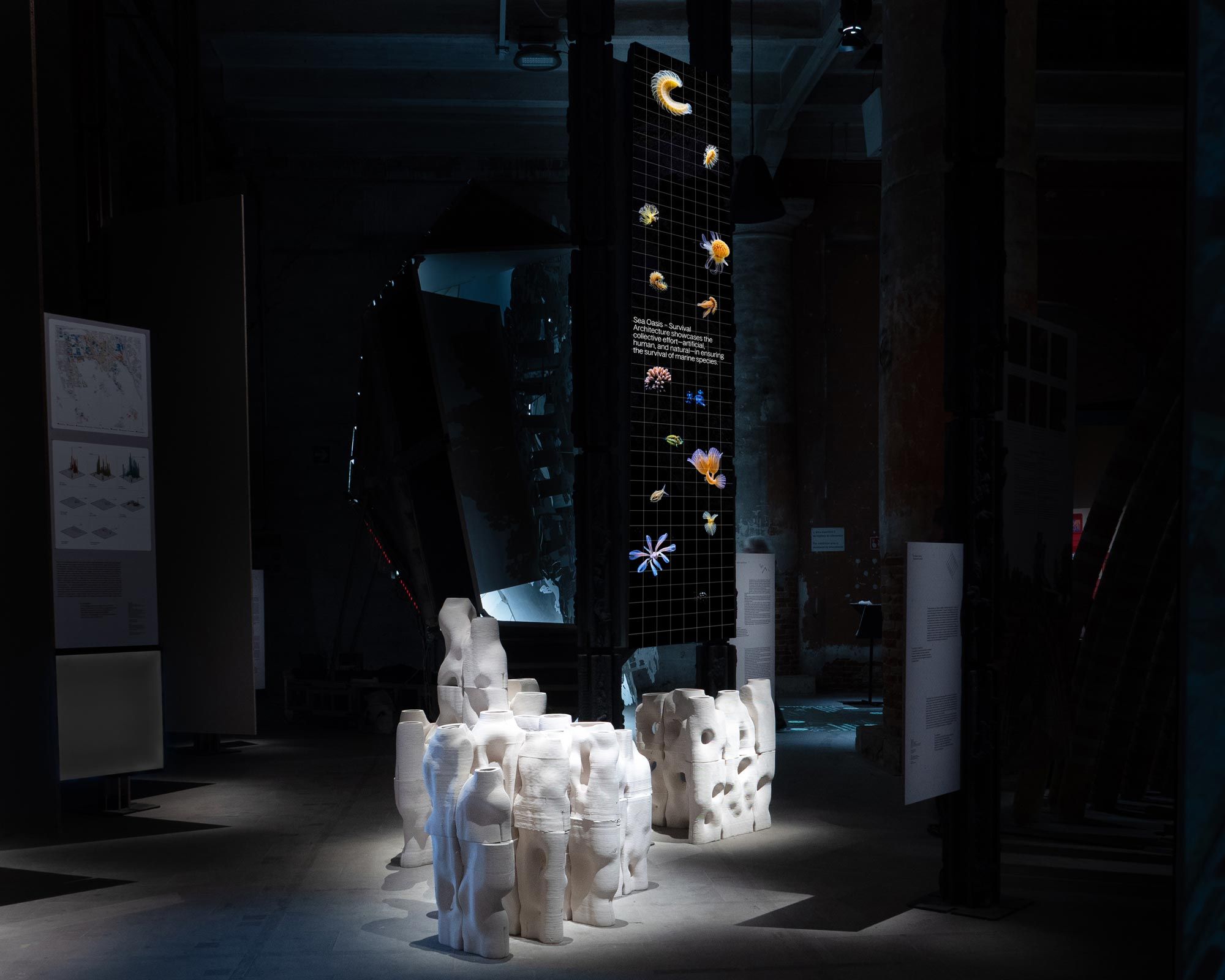
© Dotdotdot - 2025
Sea Oasis stands in the sphere of regenerative design, proposing an innovative approach that combines generative AI, predictive AI, marine biology, and exhibition design to support the work of scientists. The project aims to intervene in marine biodiversity by creating artificial structures that will allow bioconstructors such as oysters to find fertile ground where they can grow and carry out their activities as species aggregators. Restoring 30 percent of the biodiversity of Europe's seas is among the European goals of the 2030 Agenda. Today, the Mediterranean Sea and its rich biodiversity are threatened by forces that are rapidly depleting this vital ecosystem. This is not only a problem for the species themselves, but also for the entire ecosystem in which we live. Marine biodiversity is a network of interdependent species that form the basis of life in the oceans. The loss of one or more of these species weakens these connections, making our ecosystem-and therefore us-more vulnerable.
© Dotdotdot - 2025
At Dotdotdot, we questioned our role as people in this issue, and asked ourselves as designers how we could intervene and support the work of biologists, researchers, and scientists. What we proposed at the Architecture Biennale 2025 curated by Carlo Ratti is a type of structure designed to be suitable for use by humans, and then to be not so much recycled, rather placed in certain areas of the seafloor so that their function supports a different species than humans.
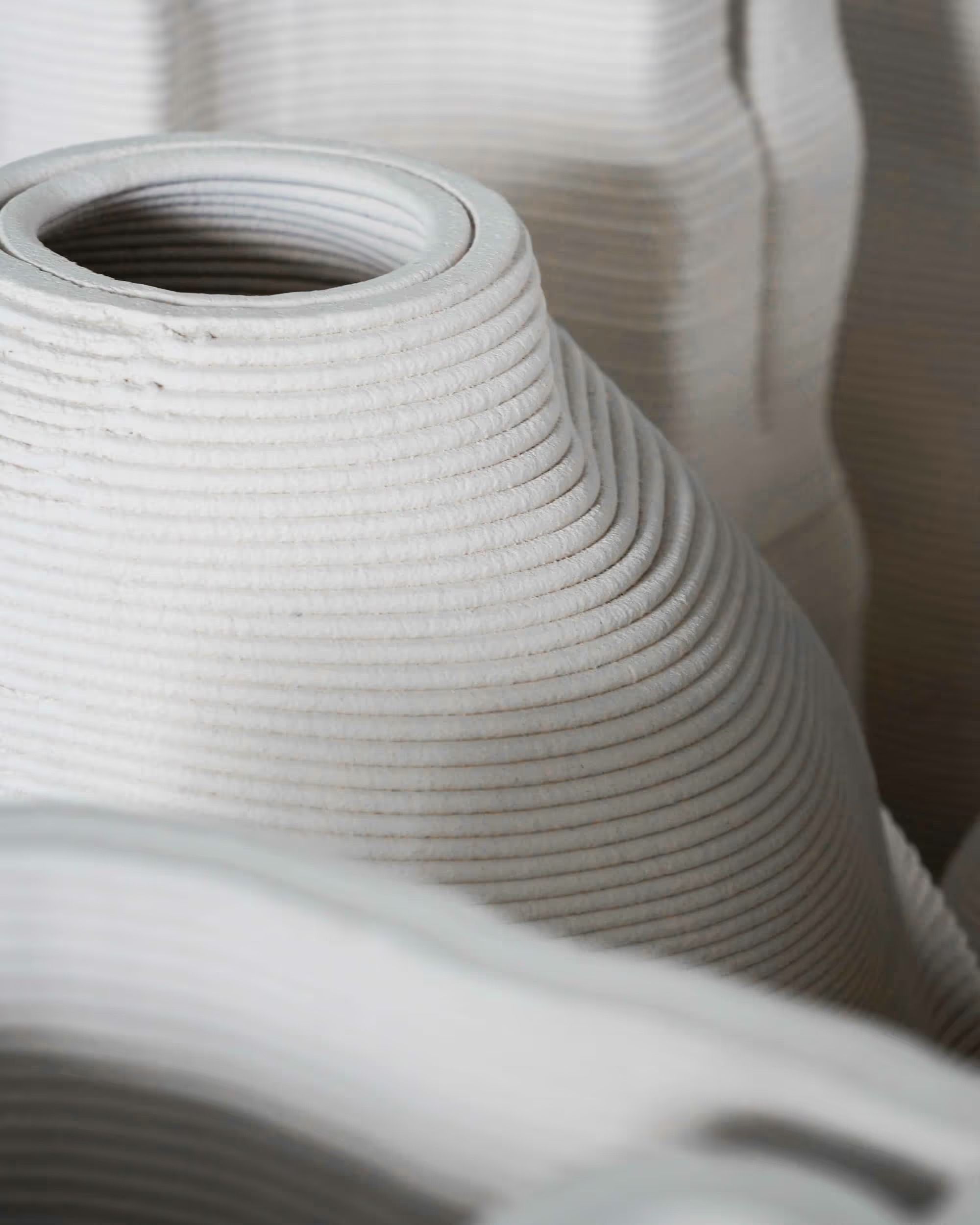
© Dotdotdot - 2025
© Dotdotdot - 2025
In collaboration with the University of Padua – particularly with researcher Olivia Cassetti – we studied not only how to make parametric geometries capable of performing a function suited to the needs of human beings, but also began work on prediction and generation through artificial intelligence models so as to understand the best places in terms of acidity, temperature, pollution and density of ship routes to place these structures. The work done thus makes it possible to understand not only whether a particular location is suitable today, but also whether it will be suitable in the next 3 to 5 years, which is the time spectrum of growth of an artificial reef.
The work done was not only to understand where to place structures inspired by the organic forms of oysters, but also to predict which species and in what time frame these would populate the artificial reef. Using a specially generated flocking algorithm, we incorporated interspecies dynamics typical of the Mediterranean Sea, investigating how their relationship changed with or without the presence of the artificial reef. Its presence is able to make substantial improvements, especially with the specially designed structures to accommodate bivalves and oysters in particular

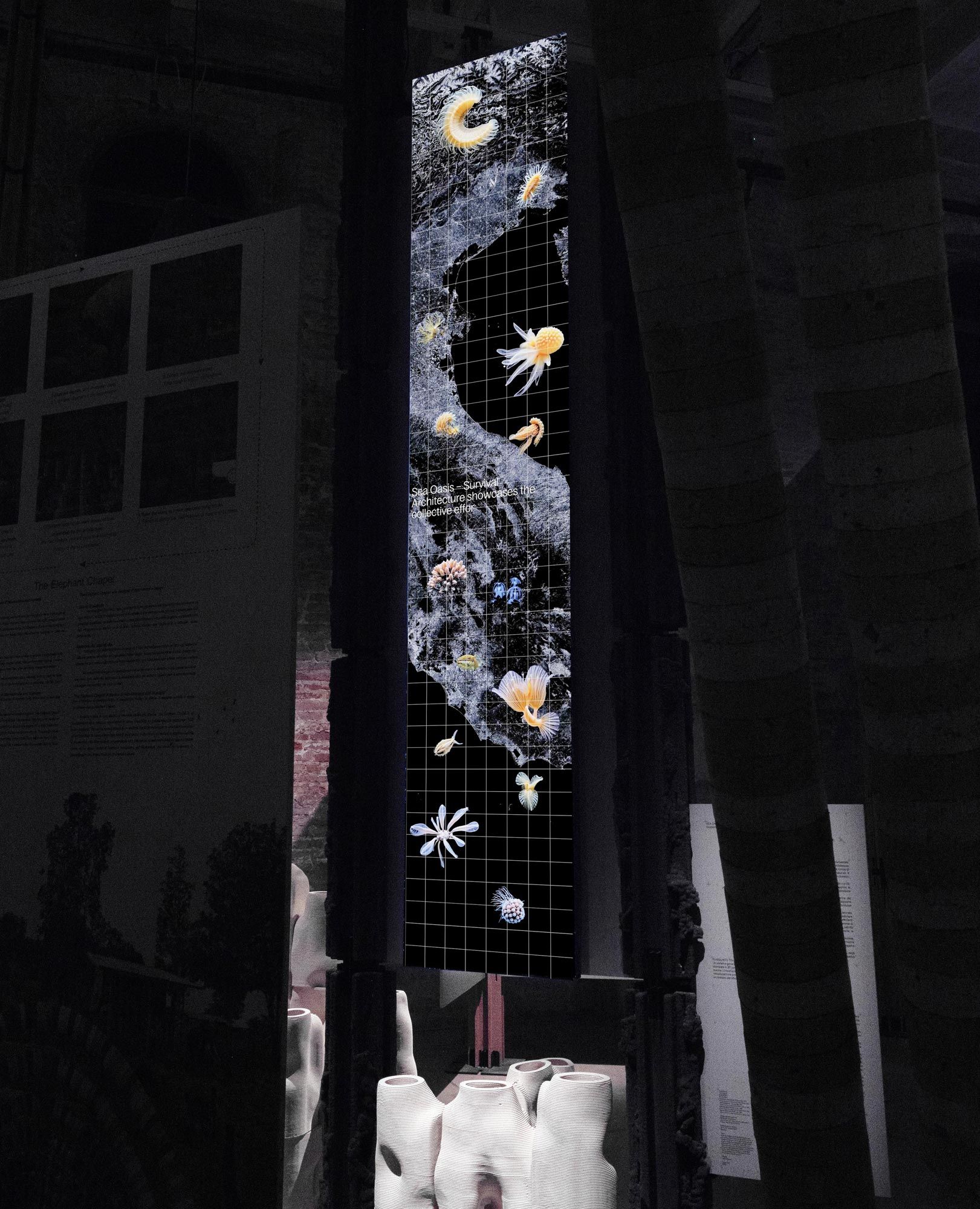
© Dotdotdot - 2025
© Dotdotdot

© Dotdotdot - 2025
Upon completion of the Architecture Biennale in November 2025, the structures designed and molded in clay through the collaboration with WASP will be placed on the seabed near Chioggia. There we will have the opportunity to verify with the support of the Faculty of Marine Biology of the University of Padua whether when studied, predicted and done will really have a positive impact. In any case, Sea Oasis - Survival Architecture shows the collective effort - artificial, human and natural - to ensure the survival of marine species.
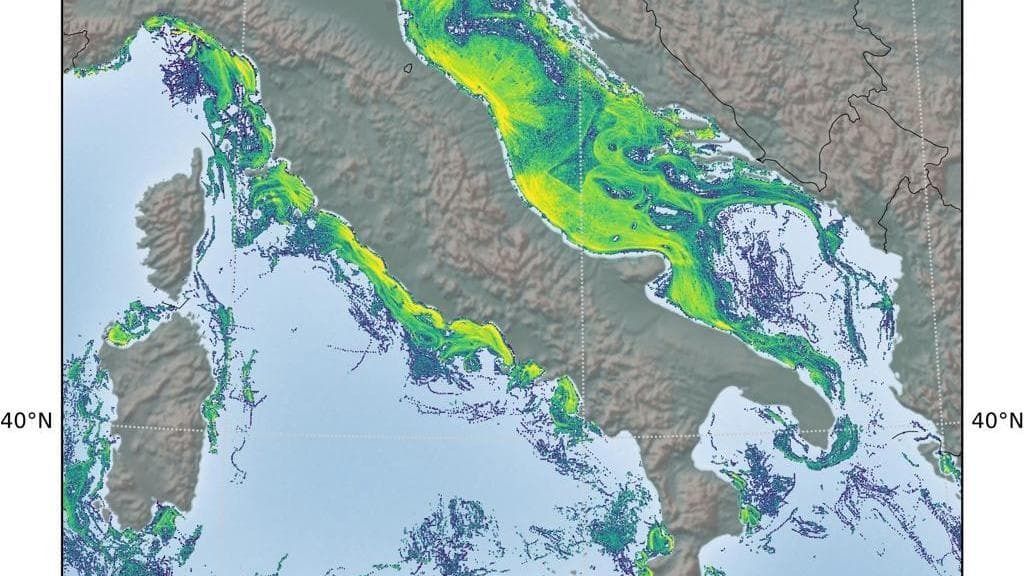
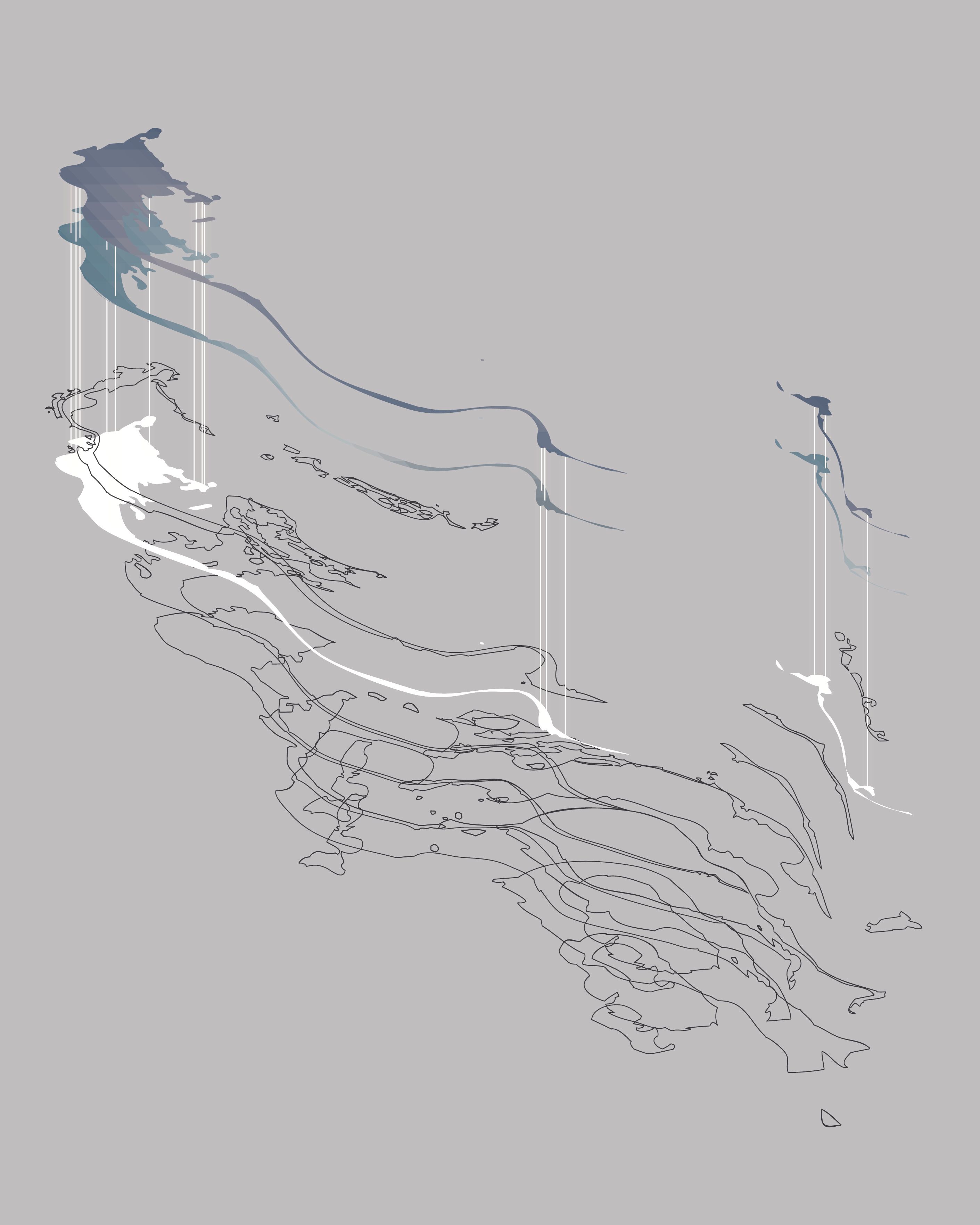
© Dotdotdot - 2025